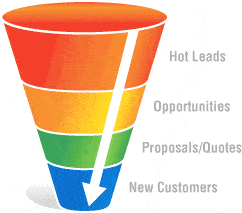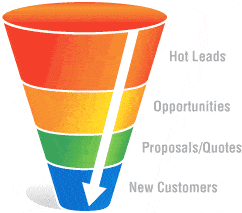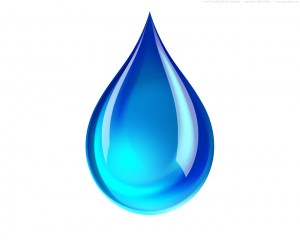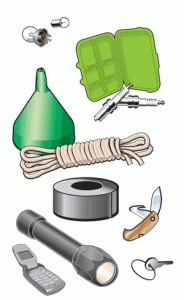Ten Tips for Lead Conversion – Part 2
 Yesterday we posted Part 1 of our Ten Tips for Lead Conversion series. We learned to qualify leads, get their permission to stay in touch and/or offer them a chance to opt-out, use automation for personalized responses, offer instant value, allow interaction and listen to the lead! Here are five more tips for lead nurturing to help you get the most out of your marketing automation and revenue generation software:
Yesterday we posted Part 1 of our Ten Tips for Lead Conversion series. We learned to qualify leads, get their permission to stay in touch and/or offer them a chance to opt-out, use automation for personalized responses, offer instant value, allow interaction and listen to the lead! Here are five more tips for lead nurturing to help you get the most out of your marketing automation and revenue generation software:
6) Give the Lead an Opportunity to Interact. Website pages, Facebook chat, Twitter, a dedicated phone number or a direct e-mail address should be offered to the lead for fast and personal contact. Make it easy for them to connect to a live person that will respond quickly.
7) Keep Track of What is Working. It is crucial that a company understands what lead nurturing campaigns work and which were unsuccessful. Make sure to track the results of all interactions and calculate which articles and emails had the greatest effect on converting leads in sales. Use prospect profiling tools or dashboards to display who’s hot and who’s not. Integrate alerts to notify sales people when hot leads engage with a nurturing campaign. Use real-time lead tracking tools to identify who’s visiting your website and what they’re looking at.
8) Ask for their Business. Once a prospect has been qualified and has shown interest, it is important that a sales person recognizes potential and attempts to close the deal. If it is not in person or done over the phone, a call to action request to buy is also appropriate. Most lead nurturing programs have an action that will automatically schedule a task in your CRM.
9) Inquire about a Referral. A company does not need to wait for the sale to close to ask for a referral. If a lead seems particularly impressed and satisfied, ask for the referral as soon as possible. Solid referrals are priceless.
10) Learn from Mistakes and Adjust. Lead generation systems and lead nurturing campaigns should always be assessed and tweaked if it fails to achieve pre-determined objectives. Not everything is going to work and modification will be necessary, since the market is constantly changing.
Have any additional tips for lead conversion? Please let us know and leave a comment! Alternatively, you can contact us by using the short form at the top right hand side of this post.







 A lead has marginal value until it can be successfully converted into a sale. Businesses spend a considerable amount of time and money securing quality leads and cannot afford ineffective nurturing. Use some of these guidelines to convert leads using smart lead nurturing. If the information that is sent out is not relevant and informative to a lead’s specific interests then the content will be of no value to them. That is why the first step is to qualify leads and segment them based on their browsing history.
A lead has marginal value until it can be successfully converted into a sale. Businesses spend a considerable amount of time and money securing quality leads and cannot afford ineffective nurturing. Use some of these guidelines to convert leads using smart lead nurturing. If the information that is sent out is not relevant and informative to a lead’s specific interests then the content will be of no value to them. That is why the first step is to qualify leads and segment them based on their browsing history.

